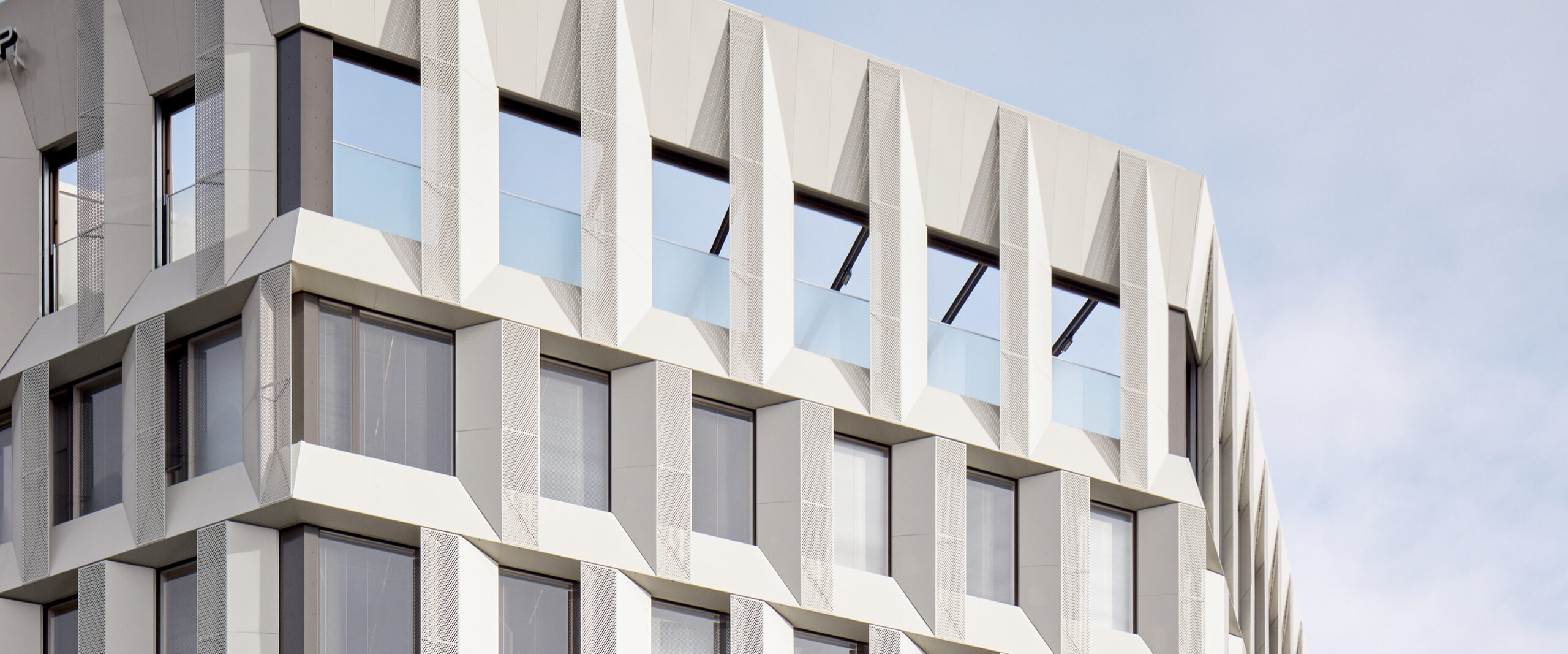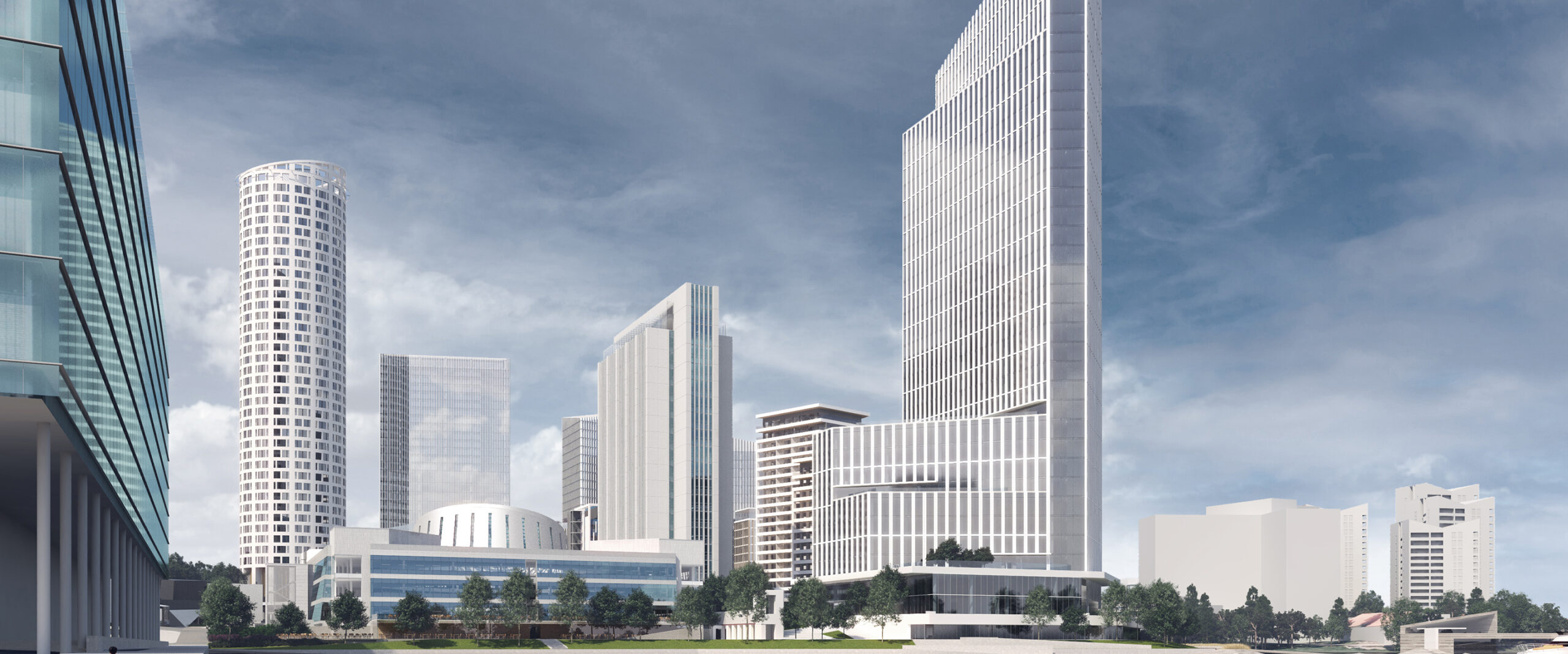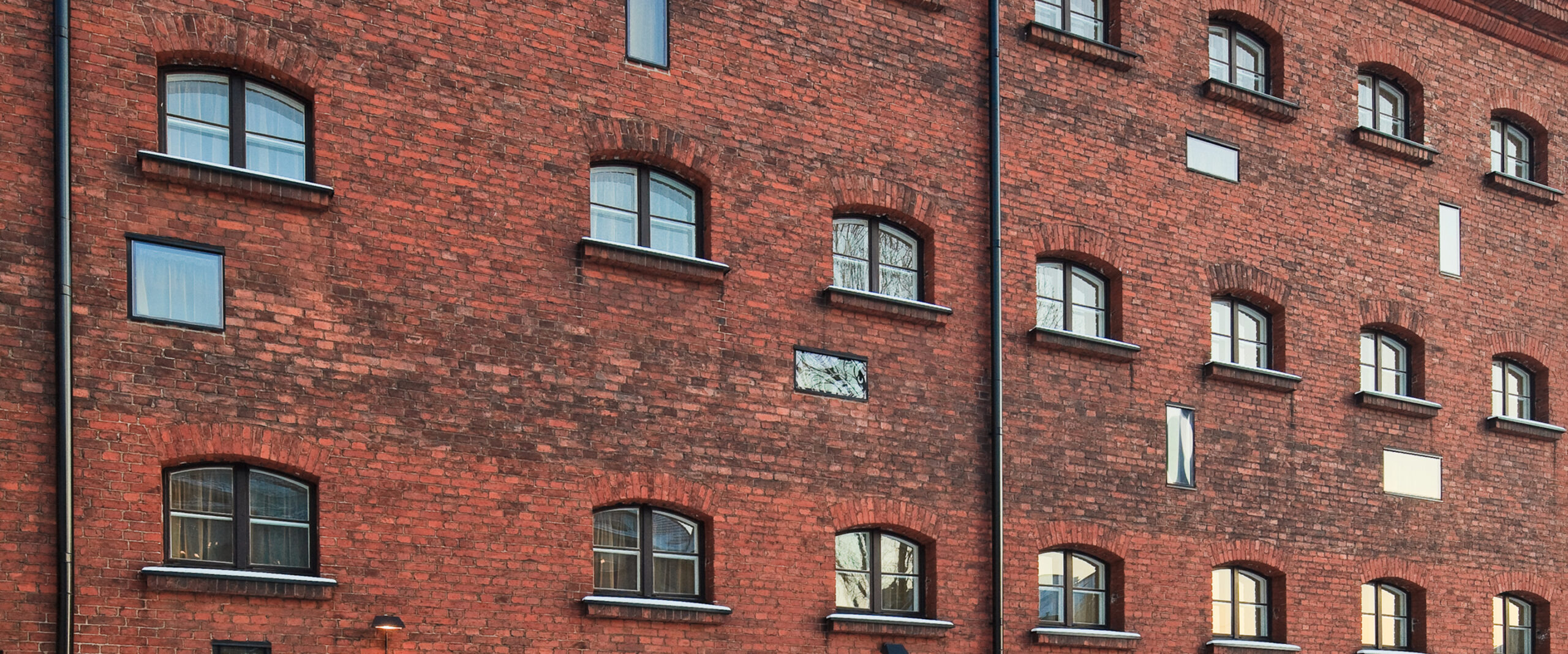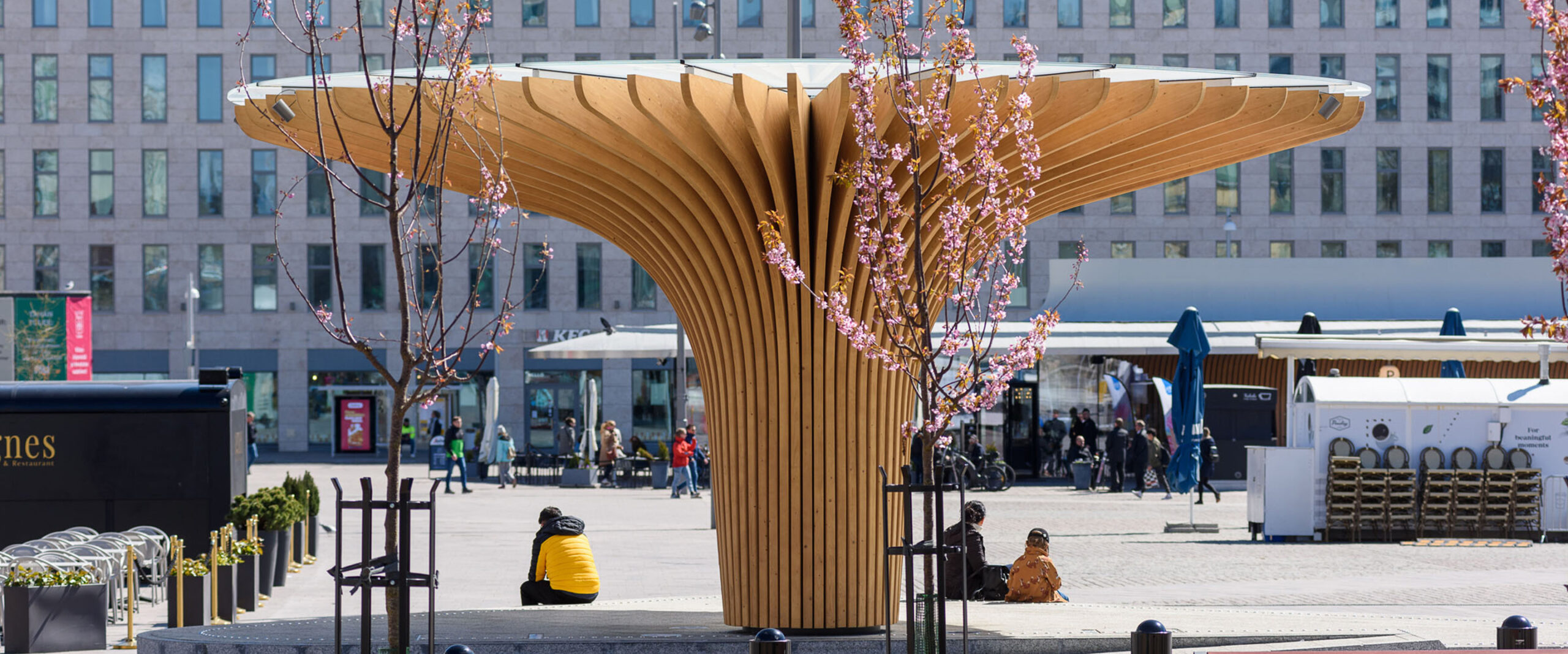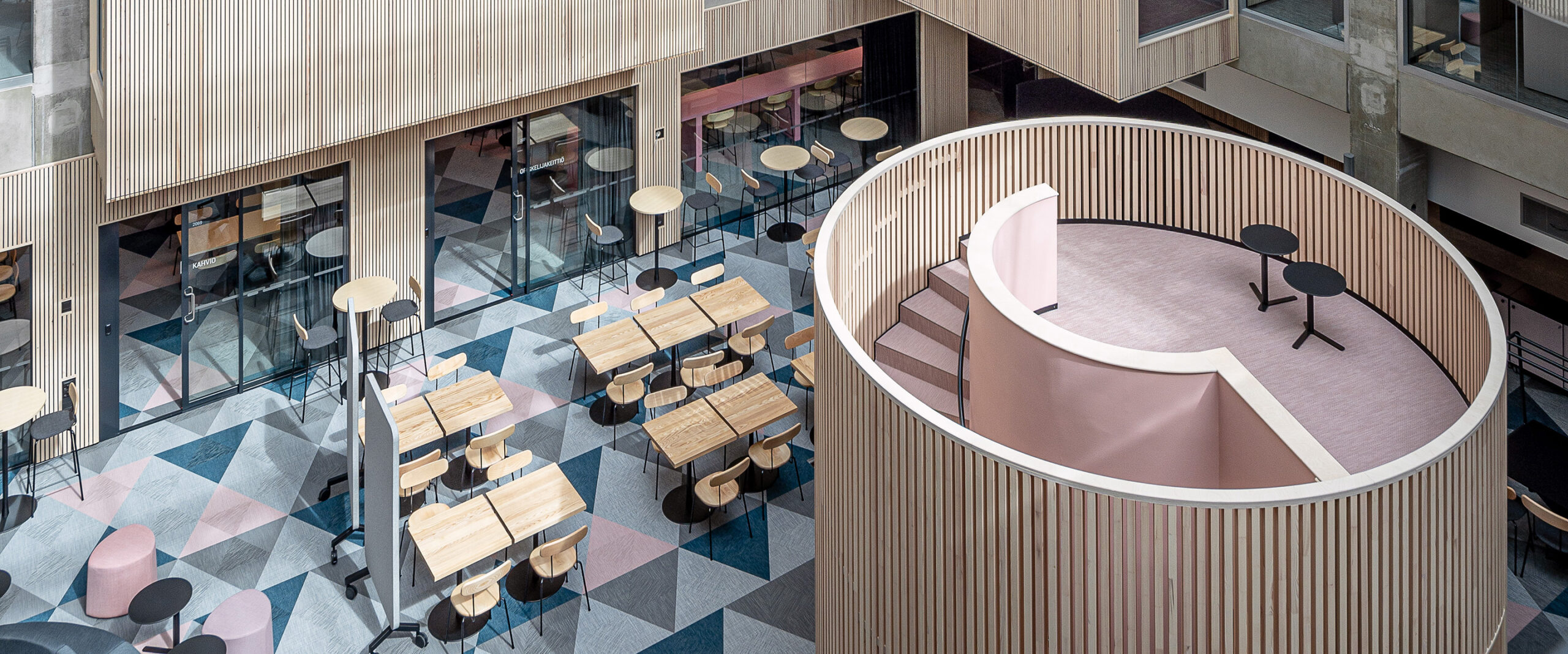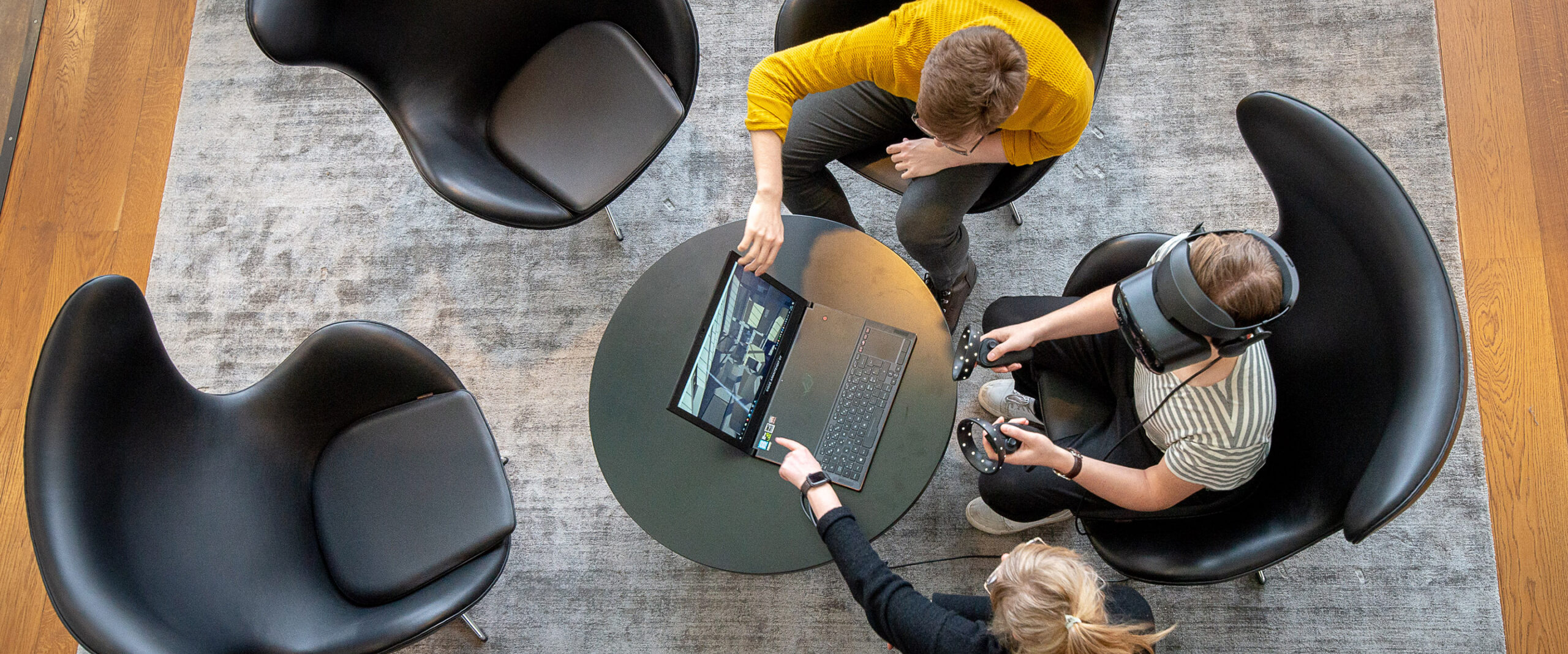Sustainable construction
Sustainable construction requires examining the project from multiple perspectives. All potential solutions should be evaluated in light of the project’s entire lifecycle and its responsibility towards sustainability. Usually, the answers cannot be populistically simple but require a deep dive into the project-specific nuances and an understanding of its unique characteristics and impacts by the designer. As principal designers and architects, we hold a crucial role in responsibly developing a sustainable societal infrastructure.
The concept of sustainability involves creating long-lasting, energy- and environmentally-efficient buildings that are also healthy and safe for users. Buildings that are flexible and versatile can be used for many generations. As buildings are long-term investments, their properties, usability, repairability, and recyclability, as well as environmental, energy, and cost effects, should be evaluated throughout the whole life cycle. The goal is to find efficient overall solutions that are optimal for the environment, end users, and property owners.
The constructed environment is a significant contributor to CO2 emissions – being responsible for about a third of the climate emissions in Finland. We have an excellent opportunity to consider the effects of low carbon and biodiversity by being active from the beginning of the project development and zoning phase. First and foremost, we can make the urban community structure more functional, enrich the living environment, and increase nature positivity.

